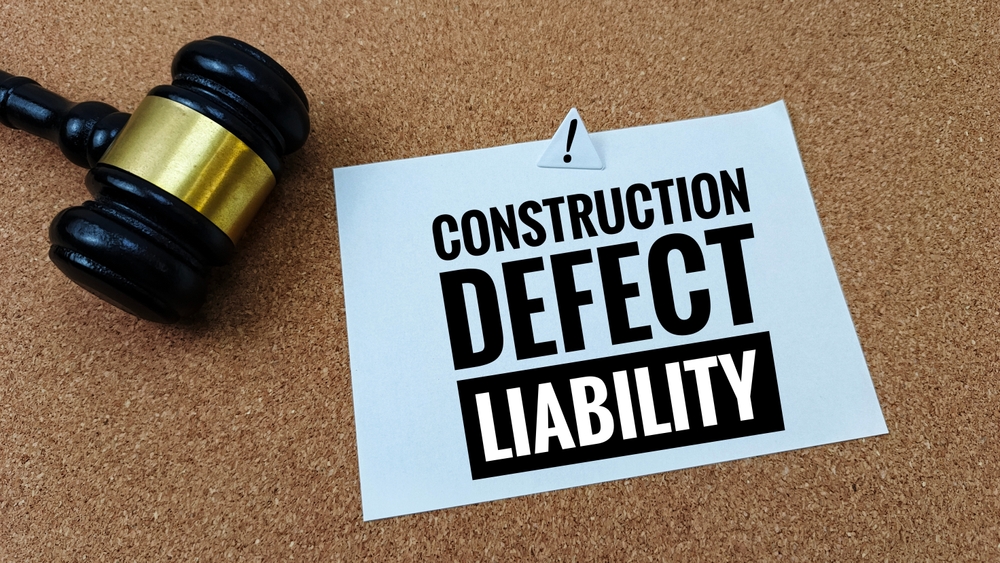

Before homeowners in Kansas can take legal action against a residential contractor, they must follow a specific process known as the “right to cure.” This legal requirement provides an opportunity for contractors to address and resolve alleged construction defects before the courts get involved. Whether you’re a contractor wanting to safeguard your rights or a homeowner seeking to understand your responsibilities, knowing how the right to cure process works is essential.
This blog will break down what the right to cure entails, the types of projects it covers, the homeowner’s responsibilities, and the contractor’s obligations. We’ll also explain what happens if disputes aren’t resolved through this process.
The right to cure in Kansas applies to construction projects involving residential properties. This typically includes single-family homes, duplexes, and similar dwellings that are primarily used as residences. The law encompasses a wide range of construction-related activities, including new home construction, renovations, and repairs. For example, whether a contractor is installing a new roof, remodeling a kitchen, or repairing foundation issues, they are protected by this process.
However, it’s important to note that this law does not apply to commercial properties, rental apartments in larger complexes, or projects unrelated to residential use.
Before filing a lawsuit, a homeowner must provide their contractor with a written notice of the alleged defect. This is not just a casual complaint but a formal document that must meet specific requirements to be valid under Kansas law. The notice of defect should include the following:
The homeowner must clearly describe the defect or issue they’ve identified. For example, instead of simply stating “bad plumbing,” they should provide specific details, such as “leaks occurring under the bathroom sink due to improper pipe sealing.”
Any evidence that supports the homeowner’s claims, such as photos, videos, or inspection reports, should be included. This helps the contractor understand the nature of the problem and evaluate possible solutions.
The notice must be sent within the timeframe established by Kansas law. While this timeline may vary, providing notice as soon as possible is always best to avoid missing deadlines.
Failure to provide a properly detailed notice could result in delays or even dismissal of the homeowner’s legal claims, as courts generally require strict adherence to this process.
Once the contractor receives the notice of defect, they have the right to inspect the property to verify the homeowner’s claims. This step ensures that contractors have an opportunity to understand the issue firsthand and determine its cause.
Under Kansas law, contractors must act promptly when exercising their right to inspect. Typically, the contractor must schedule the inspection within 30 days of receiving the notice. During this inspection, contractors may bring additional professionals, like engineers or subcontractors, to help assess the defect more thoroughly.
Homeowners are required to cooperate fully with this inspection and grant reasonable access to the affected areas of the property. This collaboration is crucial for moving the right-to-cure process forward.
After conducting the inspection, the contractor has a limited amount of time to respond to the notice of defect and propose a solution. Under Kansas law, contractors typically have 14 days from the inspection date to respond to the homeowner in writing.
The contractor’s response should include:
This written response allows homeowners to evaluate the contractor’s proposal and determine whether it meets their needs.
If the homeowner does not accept the contractor’s offer, a few things may happen. First, both parties can continue negotiating in an attempt to reach a satisfactory agreement. Mediation or arbitration may also come into play, depending on the contract’s terms.
However, if no resolution is reached through these means, the homeowner is within their rights to proceed with legal action. At that point, the court will hear the case and determine how to resolve the dispute. When construction disputes escalate to litigation, having experienced construction litigation attorneys becomes essential to protect your interests and navigate complex construction law requirements.
It’s worth noting that the homeowner’s decision to reject a reasonable offer from the contractor could influence the court’s perspective on the dispute.
For instance, if a contractor offers a fair and adequate remedy within the right-to-cure framework, and the homeowner unreasonably declines, this could weaken the homeowner’s case in court. Additionally, when payment disputes arise during construction projects, contractors may need to explore other legal remedies such as mechanic’s liens to secure payment for their work, or engage debt collection services to recover unpaid amounts.
Providing contractors with the opportunity to address defects benefits both parties. For homeowners, it can lead to quicker resolutions without the time and expense of litigation. For contractors, it ensures a fair chance to correct mistakes or clarify misunderstandings before facing legal consequences.
Ignoring the process or failing to comply with its requirements can lead to costly delays, potentially invalid claims, and unnecessary legal complications for both parties. Whether you’re a contractor or homeowner, taking the time to understand and follow Kansas’s right-to-cure procedure is an important step in protecting your interests.
Kansas’s right-to-cure law emphasizes resolution over confrontation by giving contractors the chance to remedy issues before lawsuits are filed. However, navigating this process requires careful attention to legal requirements and deadlines that can make or break your case.
Whether you’re a homeowner dealing with construction defects or a contractor facing claims, don’t leave your rights to chance. The experienced construction litigation attorneys at The Cromeens Law Firm understand the intricacies of Kansas’s right-to-cure process and can help you navigate each step effectively.
We’ll ensure your notice of defect meets all legal requirements, help you understand your options when evaluating contractor responses, and protect your interests throughout the entire process. When followed correctly, the right-to-cure process can save significant time, money, and stress—but only when you have knowledgeable legal counsel on your side.
Don’t wait until it’s too late. Contact The Cromeens Law Firm today at 713-715-7334 for expert legal advice tailored to your specific construction law needs.
Karalynn Cromeens is the Owner and Managing Partner of The Cromeens Law Firm, PLLC, with over 17 years of experience in construction, real estate, and business law. A published author and passionate advocate for contractors, she has dedicated her career to protecting the businesses her clients have built. Karalynn is on a mission to educate subcontractors on their legal rights, which inspired her books Quit Getting Screwed and Quit Getting Stiffed, as well as her podcast and The Subcontractor Institute.

